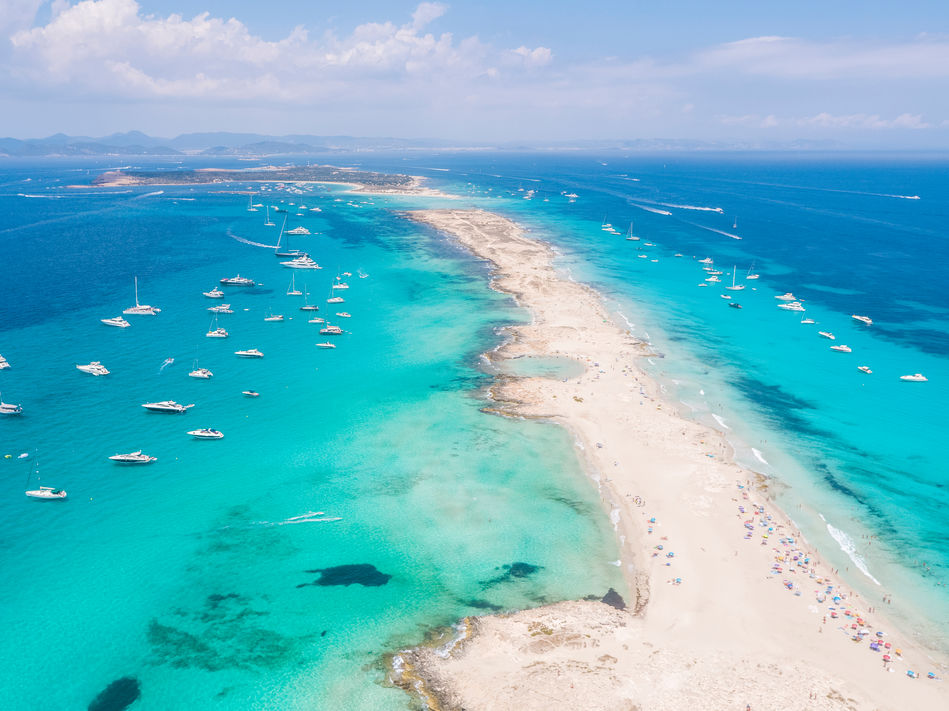Introduction
Formentera is perhaps the last stronghold of the relaxed spirit of the Balearics in the 1960s. The laidback vibe that drew Bob Dylan here still lingers on this languid island, thanks in part to its World Heritage listing and the ban on beachside construction. Dylan was happy to live in a windmill, but now there are luxury boutique hotels available to use as bases on this unspoilt and extremely beautiful small island.
It doesn't take long to explore – Formentera is no more than two flat promontories linked by a narrow sandy isthmus, but it's easy to lose hours on the stunning beaches. These are probably the best beaches in all Spain – long, sandy and white, lapped by incredibly clear water. Platja Illetes is arguably the finest the southern Balearics, as well as Es Pujols and s'Alga, a sheltered cove beach. Cala Saona is gorgeous all day right into the evening, offering one of the best spots to watch the sun sink into the sea, the distant outlines of Ibiza and Es Vedrà merging into the pink and gold sunset.

Formentera beach
Just as shimmering are the saltpans at the top of Formentera, no longer used commercially so now an important wetland zone, attracting terns, flamingos and other waders. At the southernmost tip lies the Cap de Barbària, named after the North African pirates that plundered their way past. The lighthouse here is a good point from which to watch peregrine falcons hovering above the beguiling blue waters of the Mediterranean. Inland lies further beauty in the form of vines and wheat fields and fig trees, bordered by original dry-stone walls, as well as at the glittering harbour and working port of La Savina, where luxury yachts add a glamorous vibe to this chilled-out island. La Savina is the first sight for visitors as charmingly, Formentera is too small to allow for an airport.















